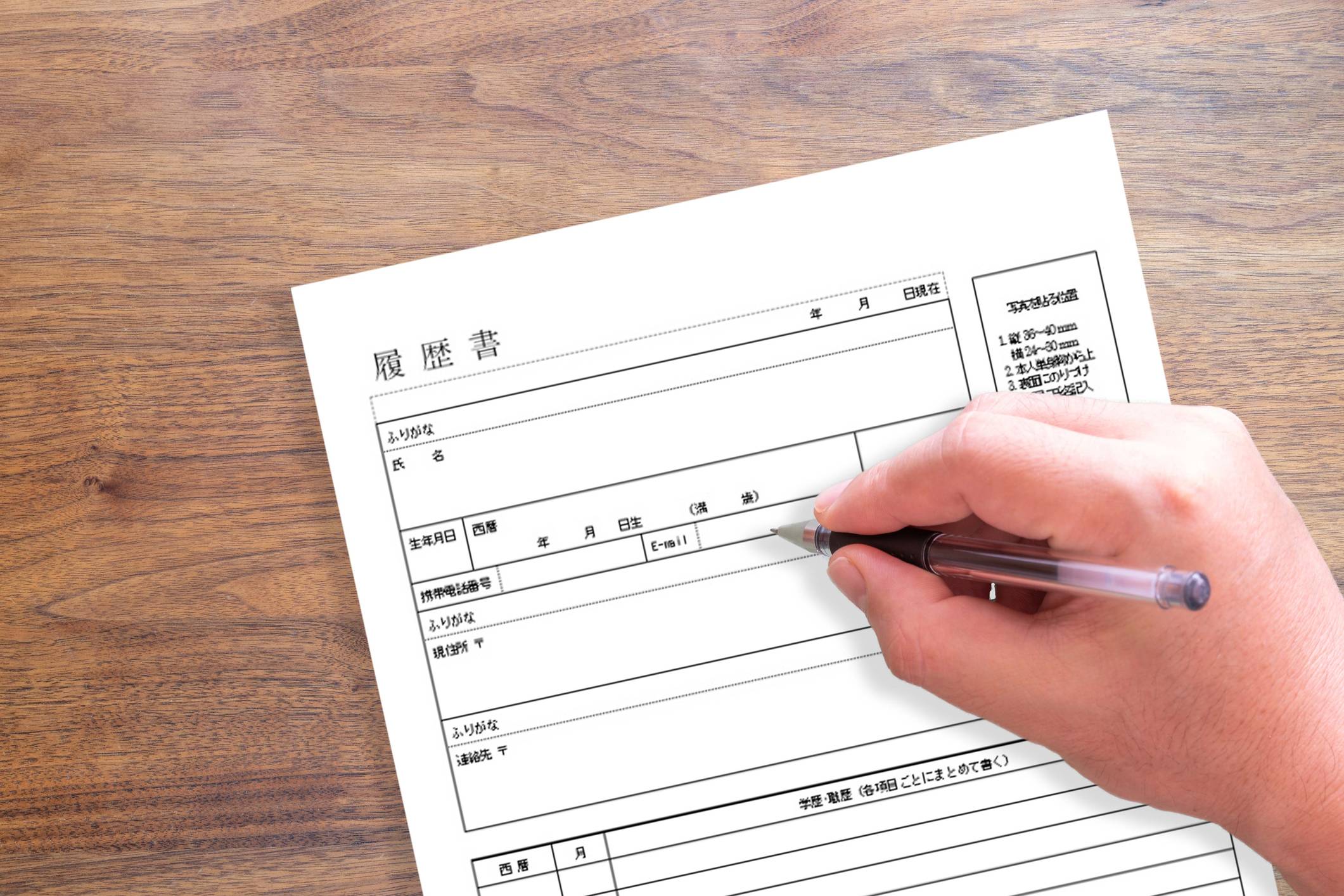You’ve arrived in Japan on holiday and, wow, it’s beautiful. You think to yourself, “Hey, I might want to live here!”
So, your job search begins. What’s the first thing you’ll need? A 履歴書 (rirekishō, resume). The hyper-specificity and rigidity of the Japanese resume format can be intimidating at first glance. But that template is what makes it quite easy to follow — so long as you have the necessary Japanese skills.
Whether you’re embarking on 就職 (shūshoku, job hunting) or 転職 (tenshoku, job transfer), here is a simple guide to putting together the best possible 履歴書 to nab that all-important 面接 (mensetsu, interview).


















With your current subscription plan you can comment on stories. However, before writing your first comment, please create a display name in the Profile section of your subscriber account page.